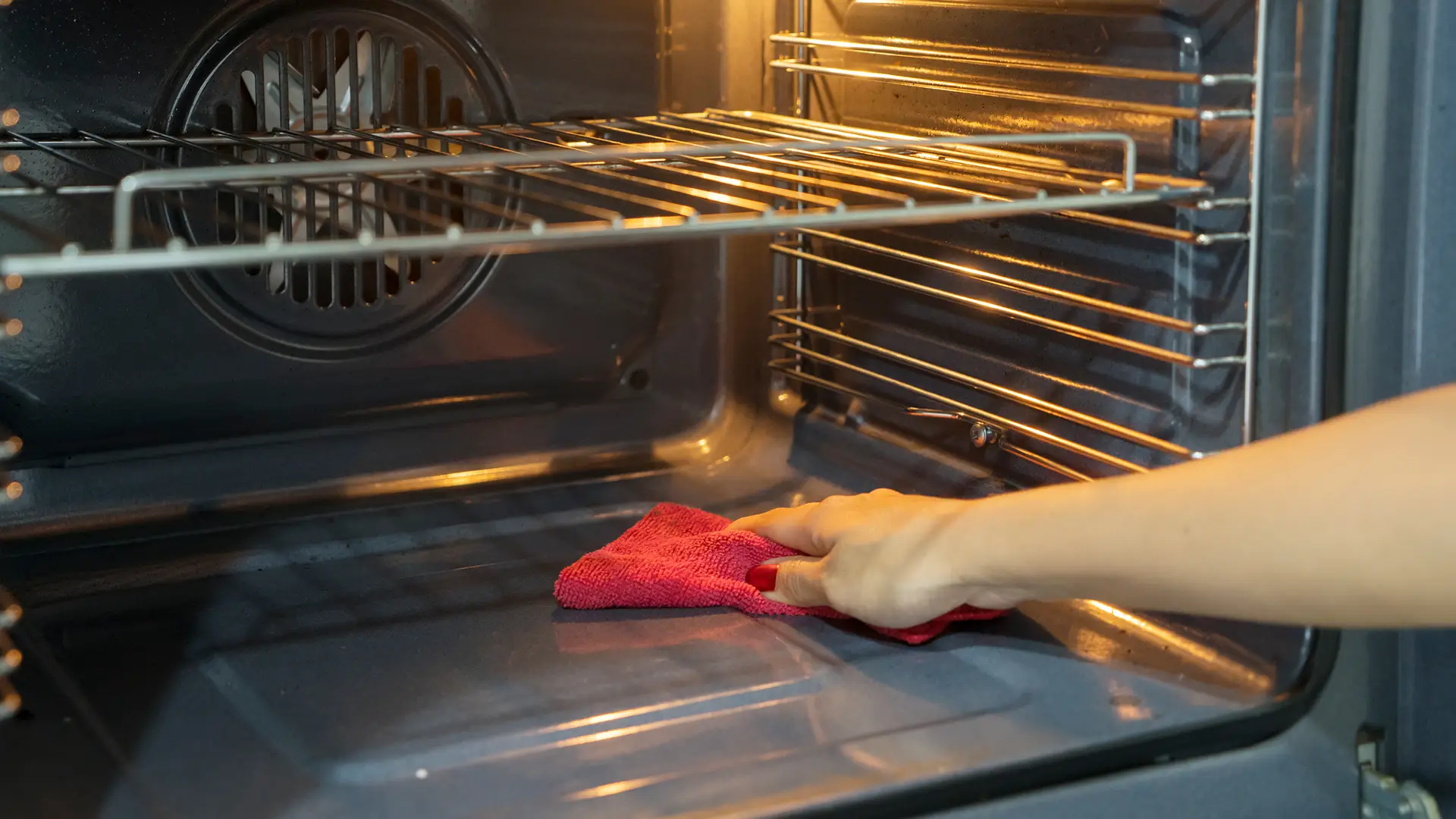
How Self-Cleaning Ovens Work: The Go-To Guide
Self-cleaning ovens are designed to make life easier by cutting out the need for endless scrubbing and harsh chemical cleaners. Instead, they use clever technology — either high heat or grease-absorbing liners — to break down stubborn food residue, leaving your oven fresh and ready to use with minimal effort.
If you’re shopping for a new oven or want to get the best from the one you already own, it helps to understand how these cleaning systems work. By knowing the differences, you can save both time and hassle in the kitchen.
There are three main types of self-cleaning ovens, and each tackles dirt and grease in a different way. Let’s explore how they compare.
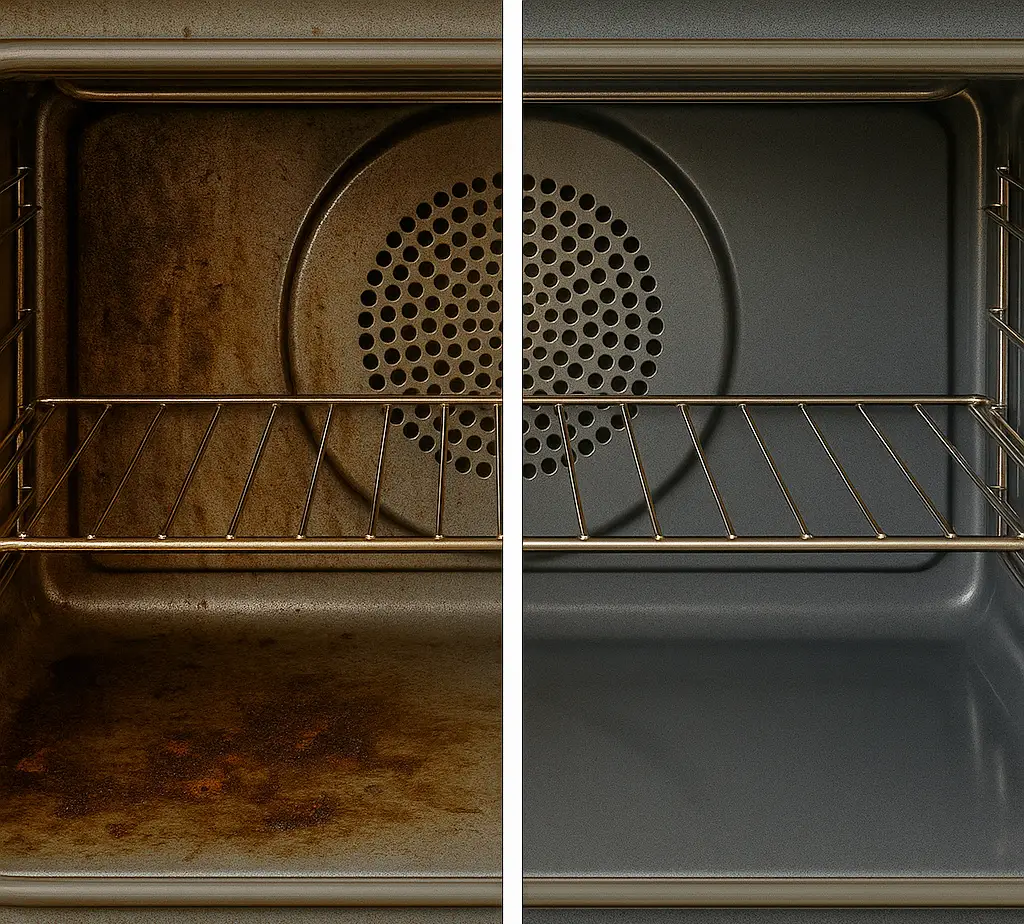
What Is a Self-Cleaning Oven?
A self-cleaning oven is designed to reduce the need for heavy scrubbing and chemical sprays. Instead, it uses built-in cleaning systems that break down grease, spills, and burnt-on food with minimal effort from you.
Depending on the type, this could mean using intense heat to turn residue into ash or grease-absorbing liners that clean as you cook. The result is a fresher, more hygienic oven with less hassle.
Types of Self-Cleaning Ovens
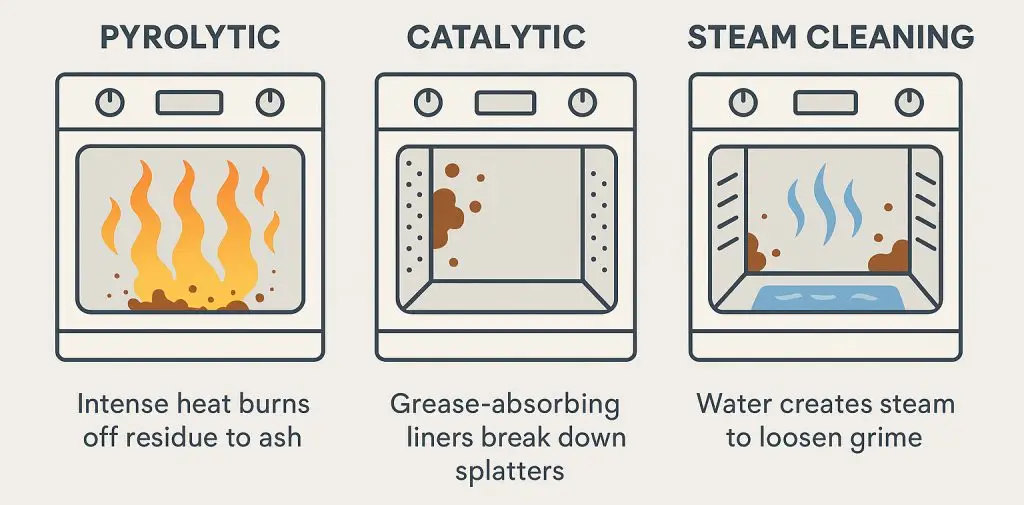
Types of Self-Cleaning Ovens
There are three main types of self-cleaning ovens, each using a different method to tackle grease and grime. Understanding how they work will help you choose the right option for your kitchen.
| Type | How It Works | Pros | Cons |
|---|---|---|---|
| Pyrolytic | Heats the oven to around 500°C, turning grease and food residue into fine ash. | Deepest clean, no chemicals needed, very effective on burnt-on food. | Takes a few hours, oven gets extremely hot, uses more energy. |
| Catalytic | Uses porous liners that absorb and break down grease during normal cooking. | Cleans as you cook, faster than pyrolytic, more energy-efficient. | Less effective on heavy spills, liners may need replacing over time. |
| Steam Cleaning (Hydrolytic) | Uses water and steam at low temperatures to loosen dirt inside the oven. | Quick, uses little energy, safe at lower temperatures. | Not as powerful as pyrolytic, may still need light scrubbing. |
Pros and Cons of Self-Cleaning Ovens
Self-cleaning ovens are a great convenience in modern kitchens, but like any feature, they come with both advantages and drawbacks. Whether you’re looking at a pyrolytic, catalytic, or steam cleaning oven, it’s worth weighing the benefits against the limitations before making your choice. Here’s a clear breakdown:
| Cleaning Type | Pros | Cons | Ease of Use | Cleaning Power |
|---|---|---|---|---|
| Pyrolytic |
|
|
★★★☆☆ | ★★★★★ |
| Catalytic |
|
|
★★★★☆ | ★★★☆☆ |
| Steam |
|
|
★★★★★ | ★★☆☆☆ |
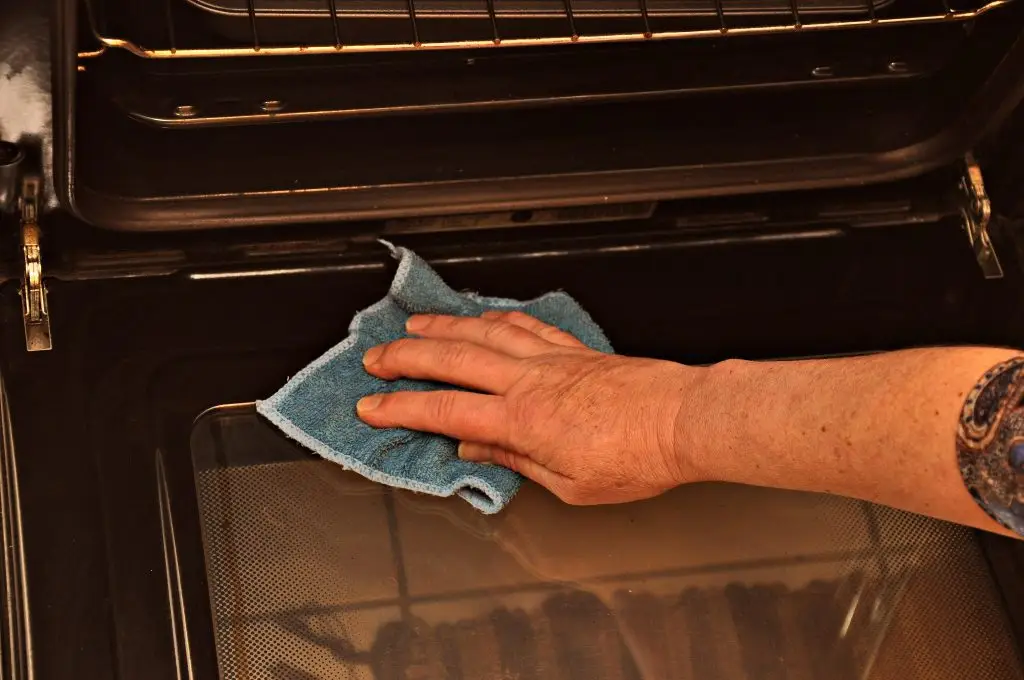
Go-To: How Pyrolytic Cleaning Works
Pyrolytic cleaning is the most powerful type of self-cleaning oven technology. It heats the oven cavity to around 500°C, incinerating grease, grime, and food residue into fine ash. This delivers a deep, chemical-free clean with minimal effort on your part.
Here’s a step-by-step guide to how pyrolytic cleaning works and what to do before and after the cycle:
- Prepare the oven: Remove racks, trays, and any cookware. These aren’t designed for such extreme heat and may warp or discolour.
- Select the cycle: Close the oven door and choose the pyrolytic function from your control panel. Some ovens offer multiple intensity levels depending on dirt build-up.
- Automatic locking: For safety, the oven door locks and stays shut until the process finishes and the temperature drops.
- High heat burns residue: The oven reaches around 500°C, reducing splatters and grease to ash. Depending on the cycle, this can take 1.5–4 hours.
- Cooling phase: The oven cools down gradually, and the door unlocks once it’s safe to open.
- Final wipe: After cooling, simply wipe away the light ash with a damp cloth or sponge.

Go-To: How Catalytic Cleaning Works
Catalytic cleaning is a convenient, low-maintenance self-cleaning oven method. It uses porous ceramic liners inside the oven cavity, treated with special catalytic properties that absorb and break down grease at normal cooking temperatures — typically above 200°C.
Unlike pyrolytic cleaning, catalytic cleaning works as you cook, making it perfect for households that want continuous, hands-off oven maintenance without running a dedicated cleaning cycle.
Here’s how catalytic cleaning works in practice:
- Built-in liners: Catalytic liners are fitted to the sides, back, and sometimes the top of the oven. Their micro-porous surface traps grease splatters during cooking.
- Heat-activated breakdown: At 200°C or higher, the liners oxidise trapped grease into harmless carbon dioxide and water vapour.
- Ongoing cleaning effect: Frequent high-temperature cooking keeps the liners active. Lower heat cooking won’t trigger the same cleaning action.
- Some manual cleaning needed: Burnt-on food, sugar-based spills, and the oven floor or door still require occasional wiping with a damp cloth.
- Liner replacement: Over time, the catalytic surface becomes saturated. Most manufacturers recommend replacing liners every 5 years depending on usage.

Go-To: How Steam Cleaning Works
Steam cleaning is a gentle, eco-friendly method found in many modern self-cleaning ovens. Using moisture and lower temperatures — usually around 100°C — it softens light grease and food residue, making it easier to wipe away by hand. This makes it perfect for quick, regular maintenance between deeper cleans.
While not as powerful as pyrolytic or catalytic systems, steam cleaning offers a convenient, chemical-free way to keep your oven fresh with minimal effort.
Here’s how the steam cleaning process works:
- Remove trays and add water: Take out shelves and trays. Pour around 200–250 ml of water into the oven base or designated reservoir, depending on your model.
- Activate steam clean: Select the steam cleaning function on your control panel. The oven heats the water and produces steam for 20–40 minutes.
- Steam loosens grime: The rising temperature softens grease, splatters, and light stains inside the oven cavity.
- Cooling phase: Once finished, let the oven cool slightly before opening the door to avoid steam burns.
- Manual wipe: Use a damp cloth or sponge to remove the loosened dirt and moisture.
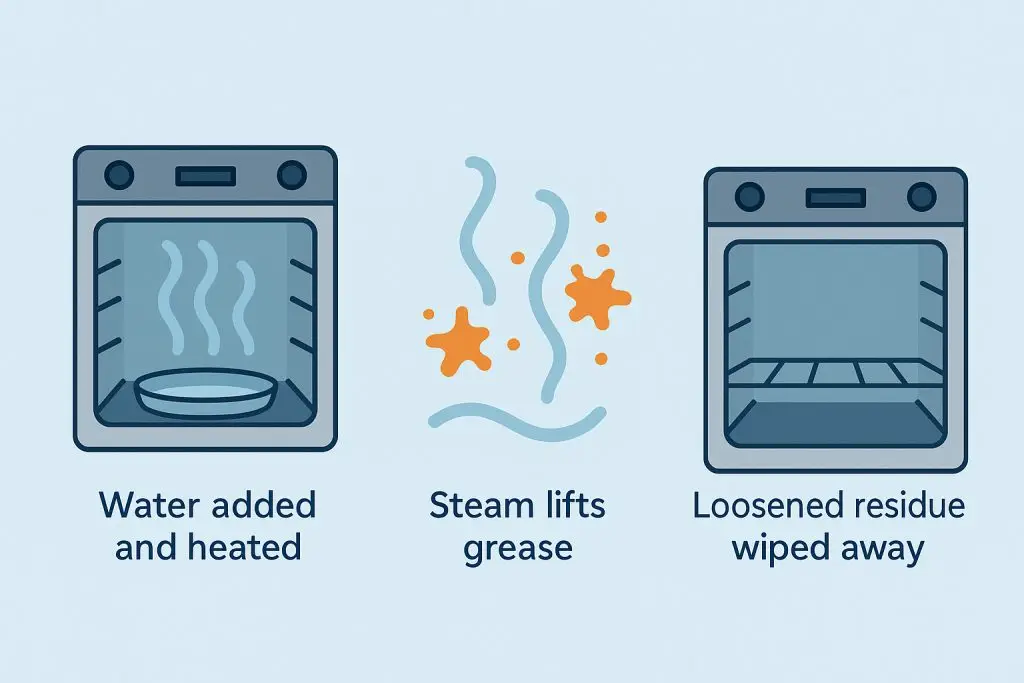
Energy Use and Safety Tips
Each type of self-cleaning oven has different energy demands and safety considerations. Knowing how they compare will help you use them effectively while keeping your kitchen safe.
Pyrolytic Cleaning
- Energy Use: High. The oven heats to around 500°C for 2–4 hours, consuming a significant amount of electricity. Best reserved for occasional deep cleans.
- Safety Tips:
- Keep the kitchen well-ventilated to reduce smoke and odours.
- Remove racks and accessories unless specified as pyrolytic-safe.
- Ensure children and pets stay away — oven surfaces get extremely hot, and the door remains locked during the cycle.
Catalytic Cleaning
- Energy Use: Low. Cleans continuously at cooking temperatures above 200°C, with no need for a separate cycle.
- Safety Tips:
- Make sure splashes reach the catalytic liners — don’t block them with foil or large trays.
- Avoid scrubbing the liners, as this can damage the coating.
- Replace liners every 5–6 years or as recommended by the manufacturer.
Steam Cleaning
- Energy Use: Very low. Runs at 90–100°C for 20–40 minutes, using minimal power.
- Safety Tips:
- Let the oven cool slightly before opening to avoid steam burns.
- Use only the recommended water amount to prevent spills or damage.
- Wipe up loosened grime promptly after the cycle to stop it drying again.
Maintenance Tips
Keeping your self-cleaning oven in top condition doesn’t require much effort. With a few simple habits, you can ensure it runs efficiently and stays spotless—no matter which type you own.
General Care
- Wipe up food splashes after cooking to prevent stubborn build-up.
- Clean the oven door glass separately, as many self-cleaning systems don’t cover it fully.
Pyrolytic Ovens
- Run the cleaning cycle every couple of months or when the oven looks greasy.
- Use during cooler times of day and keep a window open for ventilation.
- After the cycle, let the oven cool and wipe away fine ash with a damp cloth.
Catalytic Ovens
- Cook at higher temperatures regularly to activate the liners effectively.
- Avoid scrubbing liners, as this can damage the catalytic surface.
- Replace liners every 5–6 years, depending on usage.
Steam Cleaning Ovens
- Run a steam cycle after messy meals to loosen grease and stains.
- Always use the recommended water amount in the base or reservoir.
- Wipe away softened residue immediately after the cycle before it dries again.
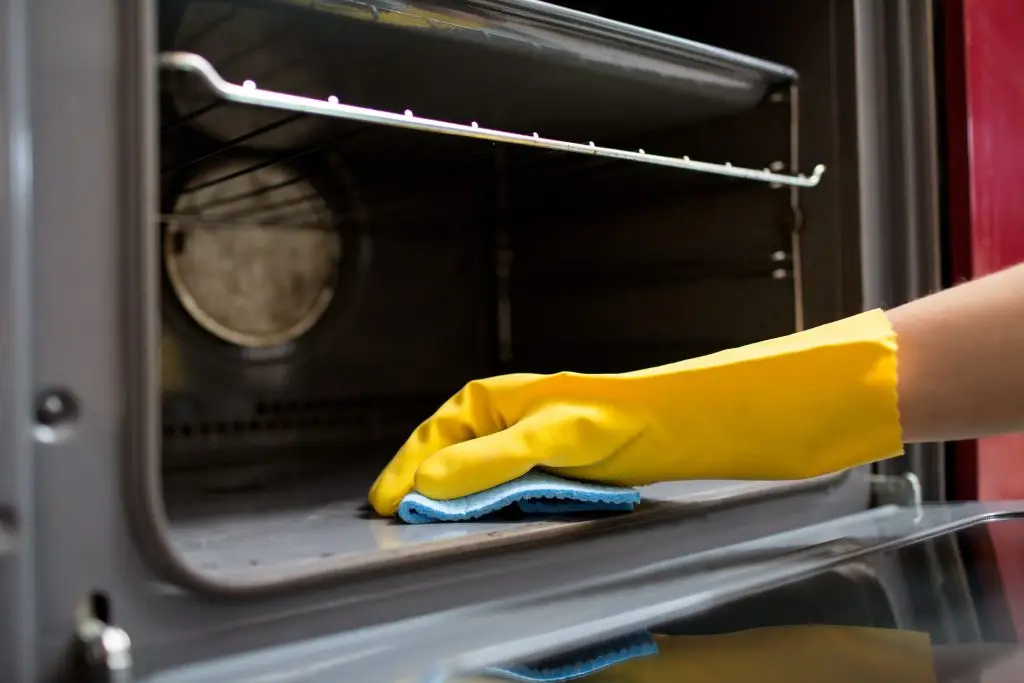
Is a Self-Cleaning Oven Worth It?
Choosing a self-cleaning oven can save time and effort, but the right option depends on your cooking habits, cleaning preferences, and energy usage. The table below compares the main types to help you decide which fits your lifestyle best:
| Cleaning Type | Best For | Cleaning Frequency | Effort Required | Long-Term Value |
|---|---|---|---|---|
| Pyrolytic | Busy households cooking frequently, wanting deep, chemical-free cleaning | Occasional (every few months) | Low (just wipe ash after cycle) | High – very thorough but uses more energy |
| Catalytic | Everyday cooks who prefer low-maintenance upkeep | Continuous (during high-temp cooking) | Low–moderate (light wiping still needed) | Moderate – efficient but liners may need replacing |
| Steam | Light or occasional users who want quick cleanups | Frequent (weekly or after messy meals) | Moderate (wipe after steaming cycle) | Moderate – easy to use but not for heavy build-up |
Frequently Asked Questions
- All Posts
- Cooker Hood Guides & Advice
- Dishwasher Guides & Advice
- General Appliance Guides & Advice
- Hob Guides & Advice
- Laundry Guides & Advice
- Microwave Guides & Advice
- Oven Guides & Advice
- Wine Cooler Guides & Advice
Learn what dishwasher salt and rinse aid do, why they matter, and when to refill them for the best cleaning...
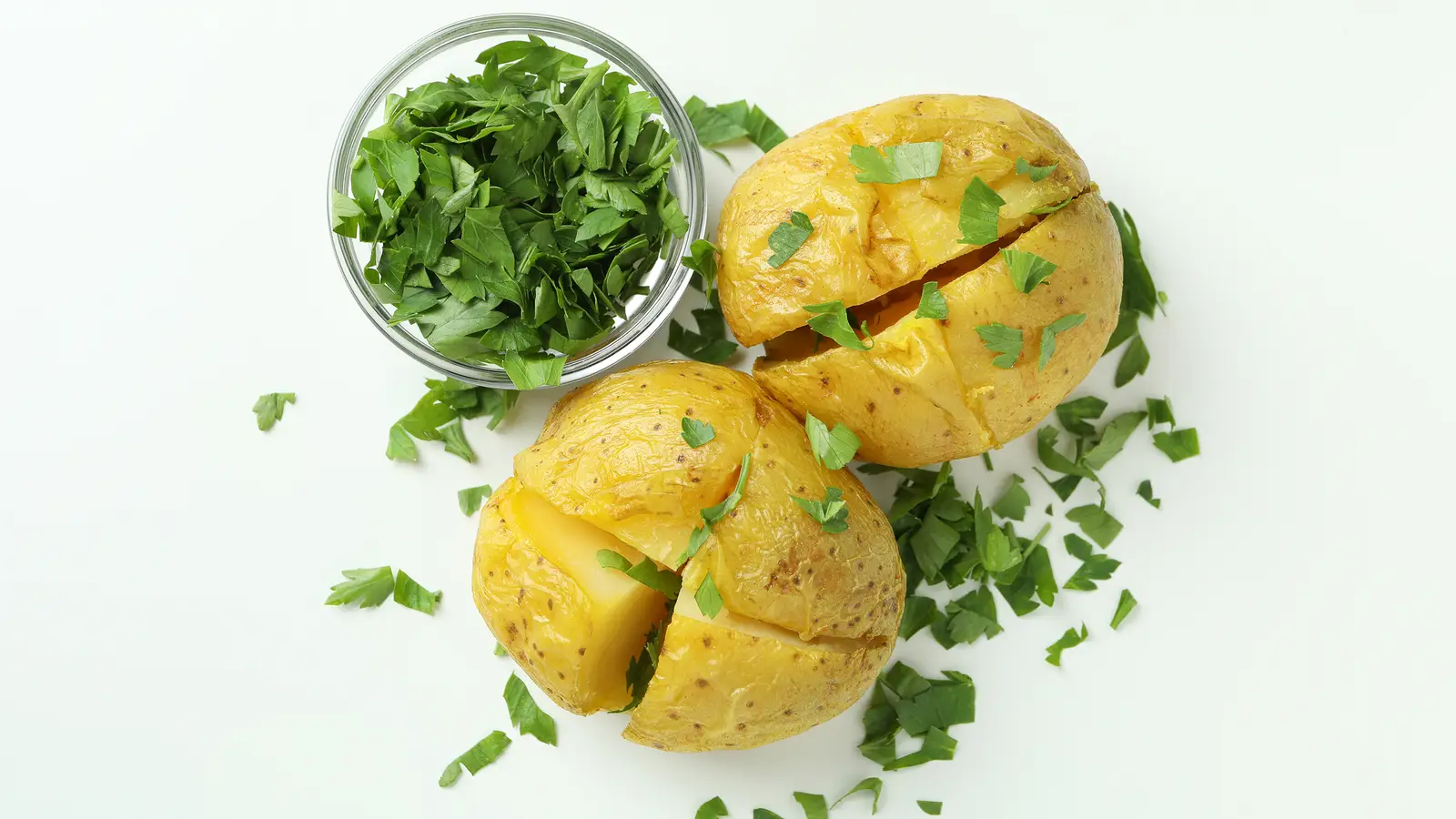
Learn how to cook the perfect jacket potato with crispy skin and a fluffy centre. Quick, simple steps for oven...
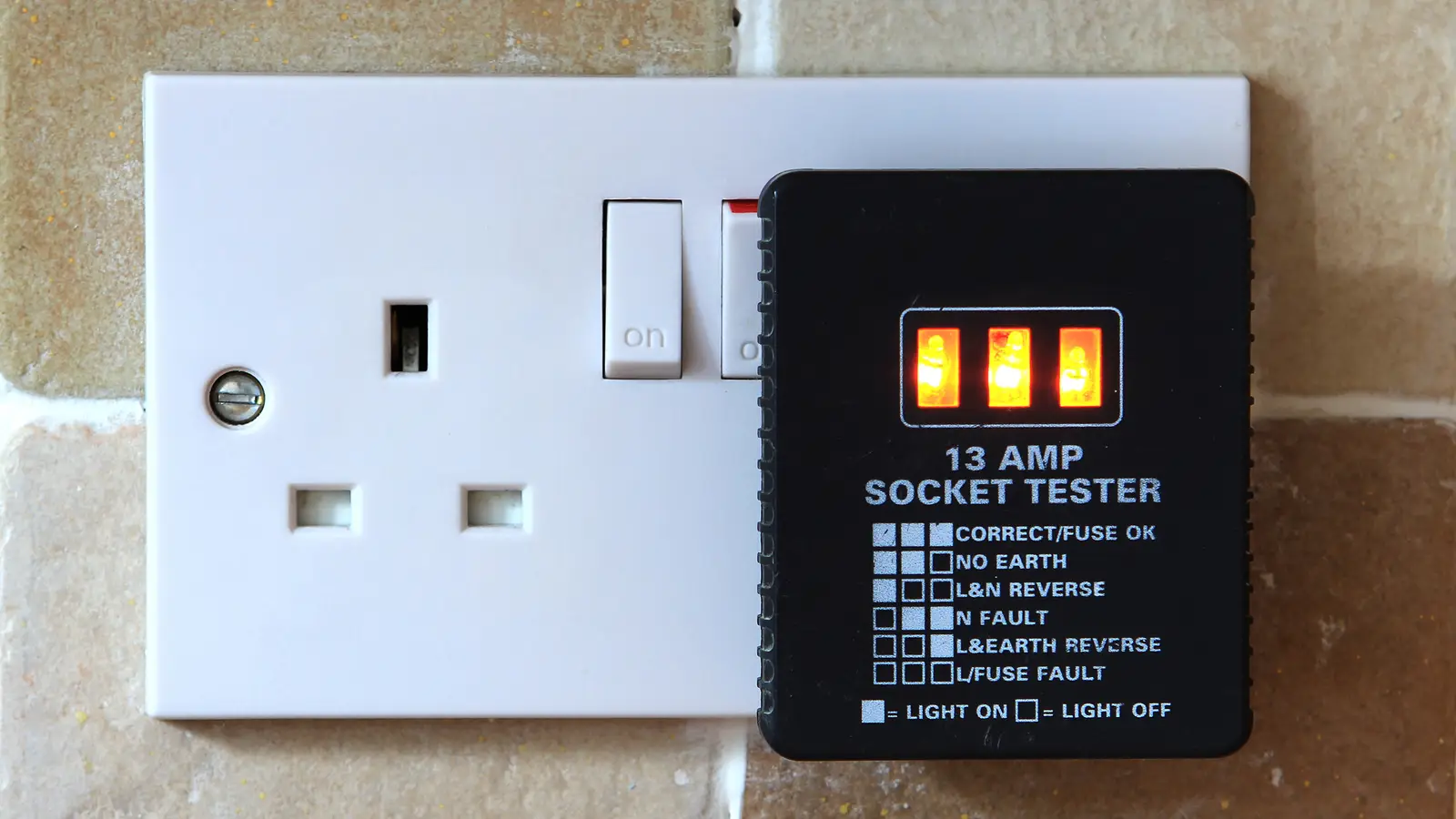
Find out if you can plug a dishwasher into a normal UK socket and what safety rules apply. Quick, clear...
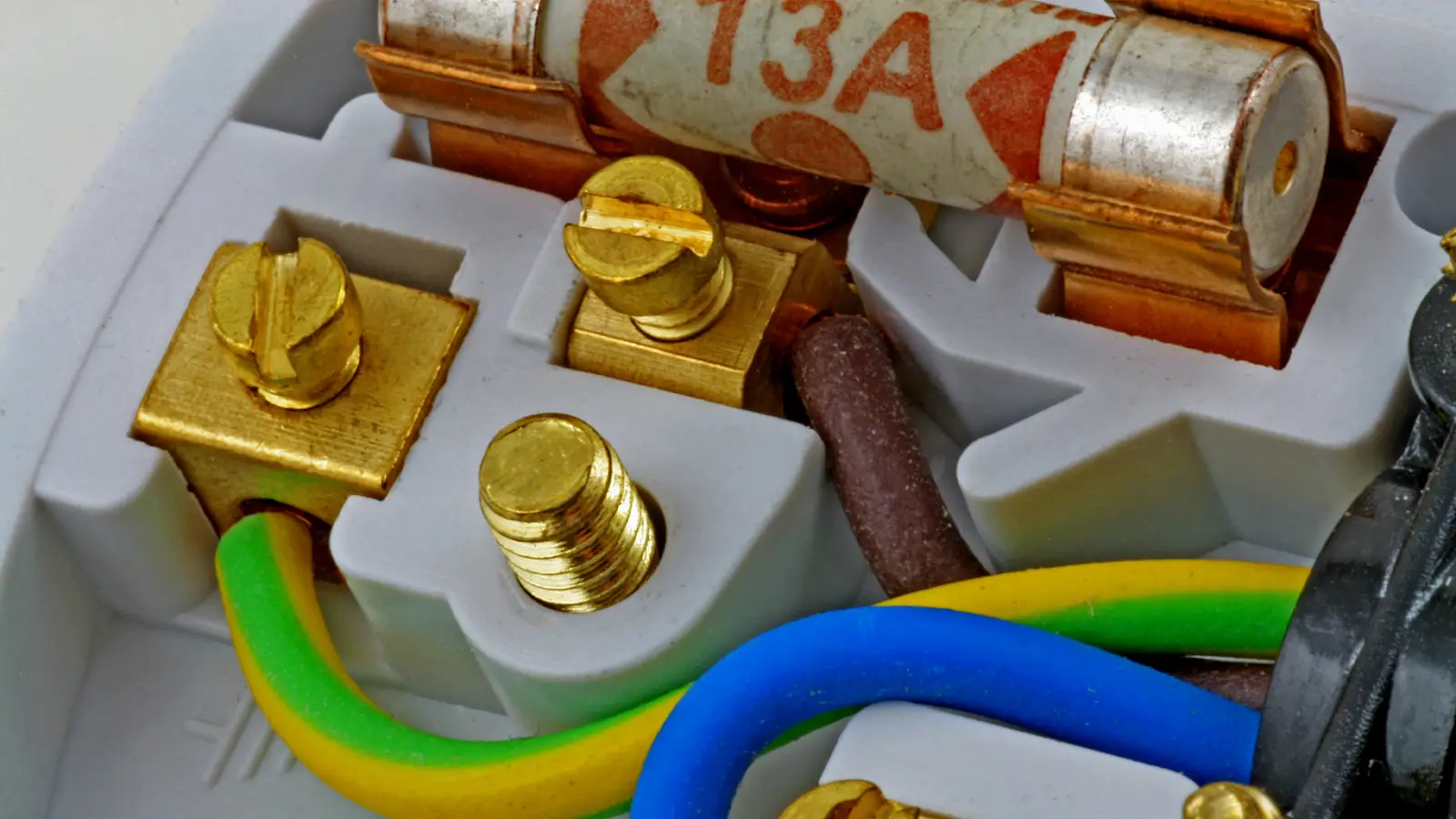
Unsure if a microwave & grill combo can use a normal UK socket? Learn the rules, wattage limits and safety...
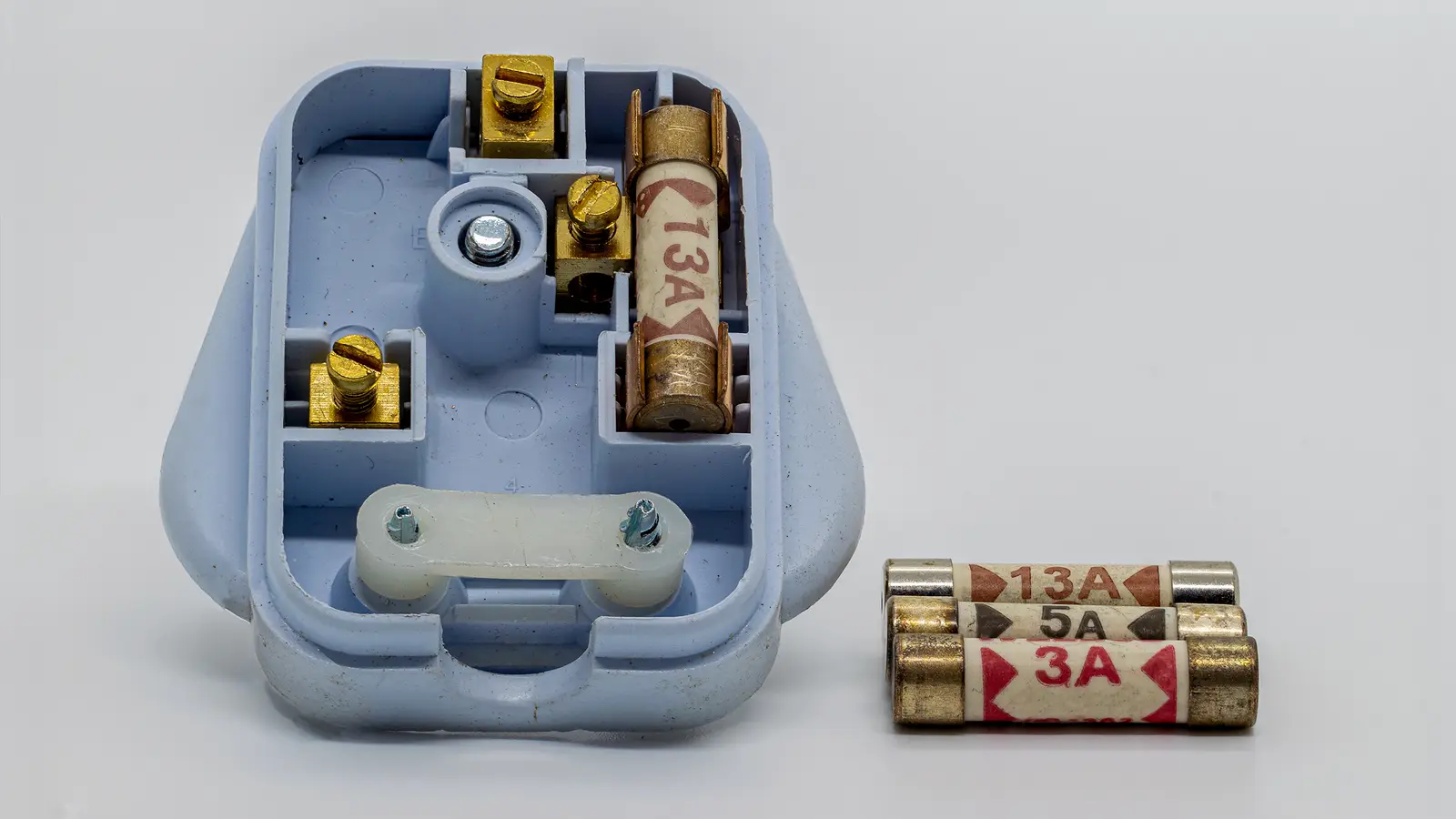
Can you plug a cooker hood into a normal socket? Learn what UK rules allow, safe installation tips, and when...

Find out when you can safely plug an induction hob into a normal UK socket and when hard-wiring is required....

Compare real UK running costs for ovens, air fryers and microwaves. See which appliance saves you the most on everyday...

Storing wine in a fridge can damage flavour and cork health. Learn why temperature swings matter and how to store...

Learn how rubber feet, shelves and flooring reduce vibration in wine storage. Keep your bottles stable and ageing perfectly. Read...